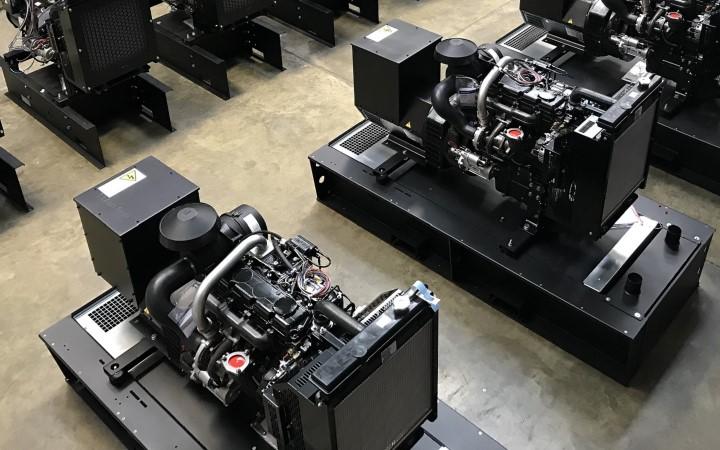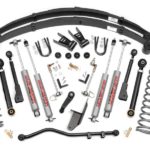Generators come in various types and configurations based on their desired loads and hours of operation, but they all share essentially the same purpose: They provide power when the main source is out or when connecting to a main grid is impossible or inadvisable. They can be powered by a variety of fuel sources such as petrol, propane, or diesel fuel.
Portable generators are typically used to power homes during power outages, and these commonly operate on petrol. Commercial generators, like those provided by Welland Power in the UK, are typically used for industrial sites and to power commercial businesses and other facilities for longer periods of time. Welland Power is a manufacturer that supplies commercial generators to multinational organizations operating in South America, Europe, the Middle East, and Asia. They recently received the Queens Award for International Trade partly because of their rapid growth.
How generators work
Generators are made up of several different components including the engine, alternator, and fuel systems to name some of the most crucial. They don’t actually create electrical energy, but instead convert mechanical energy into their output of electric energy. They do this through the process of electromagnetic induction. The mechanical energy is created by the engine, which can be fueled by various sources typically determined by the generators desired hours of operation.
The alternator is the component that actually handles the conversion of mechanical energy. It’s made up of various moving and stable parts which work together to create movement between magnetic and electric fields, which results in an electric current. The materials the alternator is made of, as well as its housing in the generator, will determine its efficiency and longevity.
Generator fuel systems will vary between models, with portable generators typically having only a single fuel tank, which should enable operations for four to six hours. Commercial generators will typically have external fuel tanks as well to ensure longer operations in critical times. They will also likely have more complicated exhaust systems and additional supporting components.
Exercising generators
Generators will need to go through exercise cycles to ensure peak performance when they’re put to use. As a general rule, generators should be run without a load once a week. This is essentially running the generator in idle, simply to ensure all components are working as expected. It’s a bad idea to only exercise without load, or to exercise without load for long periods of time, however. Doing this too much can lead to wet stacking, a situation where improperly burned fuel can clog the machine and gather in the exhaust system.
To prevent wet stacking, and to ensure the generator is fully prepared for emergencies, you need to exercise it with load at least once a month. This means the generator will be powering its usual workload, or perhaps even a bit more, during its exercise cycle. This helps to predict how the generator will perform in a true emergency and ensures that it’s ready for the task. This is extremely important, because having poor knowledge of your generator’s capabilities or having one that isn’t up to the task is basically as bad as not having one at all. Take the great Northeast blackout of 2003 in the US for example. This event resulted in nearly 50% of all New York City’s hospitals remaining without power because of a lack of knowledge about generator performance during a real emergency. With proper exercise cycles, disasters like this should be much more avoidable.
For the most accurate advice on exercising your generator, always refer to your manufacturer’s instructions. Depending on your location and the purpose of your generator, there may be other mandates for exercise cycles.
Related Posts











